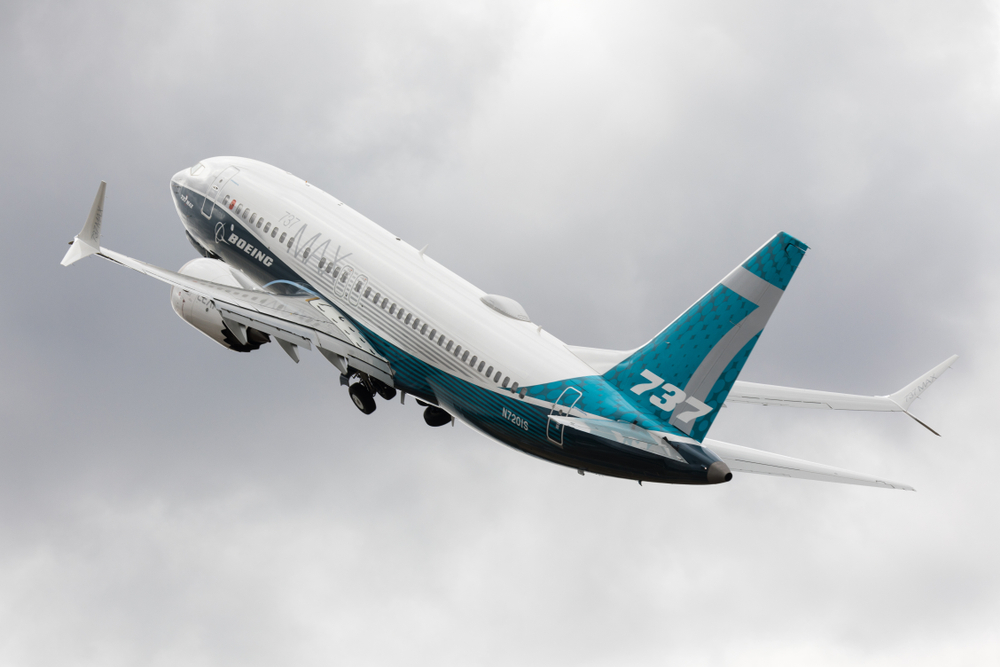The Boeing 737 is not just an aircraft; it is a symbol of resilience, innovation, and enduring utility in the aviation industry. For over five decades, this iconic series has revolutionized air travel, connecting people across the globe and setting new benchmarks for performance and efficiency. In this article, we explore the remarkable journey of the Boeing 737, its impact on aviation, and what the future holds for this legendary aircraft.
The Beginning of an Icon
The Boeing 737 was first introduced in 1968 as a short-haul jetliner designed to complement the larger Boeing 707 and 727. With its compact size and twin-engine design, the 737 quickly became a favorite for airlines seeking an efficient and reliable option for regional routes.
The first model, the 737-100, paved the way for its successor, the 737-200, which became a commercial success due to its increased passenger capacity and range. This marked the beginning of a series that would dominate the skies for decades.
Evolution Through the Generations
Over the years, the Boeing 737 has undergone several transformations, each addressing the evolving needs of the aviation industry.

1. The Classic Series (737-300, 737-400, 737-500)
Introduced in the 1980s, the Classic Series featured improved engines, advanced avionics, and expanded seating capacity. These upgrades made the 737 suitable for a broader range of operations, from short domestic hops to medium-haul international flights.
2. The Next-Generation Series (737-600, 737-700, 737-800, 737-900)
The 1990s brought the Next-Generation (NG) series, which became one of the most popular iterations of the 737. These models boasted enhanced fuel efficiency, greater range, and state-of-the-art cockpit technology. The 737-800, in particular, became a favorite among low-cost carriers for its balance of capacity and economics.
3. The MAX Series (737 MAX 7, MAX 8, MAX 9, MAX 10)
Launched in the 2010s, the 737 MAX series represents the latest evolution of the aircraft. With advanced aerodynamics, quieter engines, and superior fuel efficiency, the MAX series is designed to meet the demands of modern air travel while reducing environmental impact.
Why the Boeing 737 Endures
The Boeing 737’s success lies in its adaptability and reliability. Airlines trust the aircraft for its operational efficiency, which translates into lower costs and higher profits. Meanwhile, passengers appreciate its comfort and dependability.
1. A Versatile Aircraft
The 737 can handle a wide range of routes, from short-haul domestic flights to transcontinental journeys. Its modular design allows airlines to customize the aircraft to suit their needs, whether they prioritize seating capacity or cargo space.
2. Cost-Effectiveness
With its efficient engines and streamlined design, the 737 has always been a cost-effective choice for airlines. Its lower maintenance requirements and high utilization rates further contribute to its appeal.
3. Continuous Innovation
Boeing’s commitment to innovation has kept the 737 relevant. From the introduction of winglets to reduce drag to the integration of cutting-edge avionics, every generation of the 737 builds on the strengths of its predecessors.
The Impact of the 737 on Aviation
The Boeing 737 has left an indelible mark on the aviation industry. It has transported billions of passengers, supported the growth of low-cost carriers, and served as a workhorse for airlines worldwide.
Even in the world of large scale airplane models, the 737 remains a favorite among aviation enthusiasts. These models are used for training, marketing, and as collector’s items, showcasing the aircraft’s enduring legacy.
Challenges and Triumphs
Like any long-running product, the Boeing 737 has faced challenges. The grounding of the 737 MAX series following safety concerns was a significant setback. However, Boeing’s transparent approach to addressing these issues and implementing safety enhancements has reaffirmed the industry’s trust in the aircraft.
The Future of the Boeing 737
As the aviation industry shifts toward sustainability, the Boeing 737 is poised to play a role in greener air travel. Innovations such as biofuel compatibility and hybrid-electric propulsion systems could further enhance the aircraft’s environmental performance.
Additionally, the continued production of the MAX series indicates strong demand for the 737, ensuring its place in the skies for years to come.
Conclusion
The Boeing 737 is more than an aircraft; it is a testament to engineering excellence and adaptability. Its five-decade journey reflects the evolution of air travel and its ability to meet the ever-changing needs of airlines and passengers alike.Whether in the skies or as model airplanes, the Boeing 737’s legacy is set to endure, inspiring future generations of aircraft development and aviation enthusiasts worldwide.



0 Comments